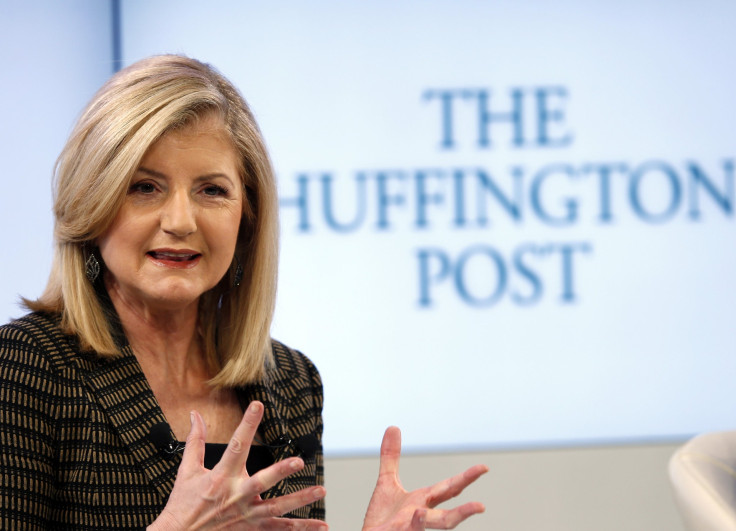Men Still Dominate News Media in 2015 And Women Only Write A Third Of The Stories, Says New Report

While there were some minor improvements, the state of women in news media remains terribly unequal, a new report says. On the whole, men still dominate the field, with women writing only about a third of the stories.
Released on Thursday by the Women’s Media Center (WMC), the “Status of Women in the U.S. Media” is an annual report that tracks female representation in news, entertainment, literature, gaming and other areas. The fourth edition of the report is over 100 pages long and comprises 49 studies that all paint a depressing picture.
“Our research shows that media needs to do better,” Julie Burton, president of the WMC, said in the report. “Women are 51 percent of the population -- but hardly equal partners in telling the story.”
Examining more than 27,000 pieces of news content from Oct. 1, 2014, to Dec. 31, 2014, the report found that across print, TV, radio and the Internet, men generated 62.1 percent of the news, leaving women with only 37.3 percent. For women, that’s negligible increase from last year’s figure, 36.1 percent. There were only three outlets where the percentage of female bylines and on-camera time equaled or exceeded the males: the Chicago Sun Times, PBS NewsHour and the Huffington Post.
Of the top 10 most widely circulated newspapers, the Chicago Sun Times had the narrowest gender gap, with female journalists receiving over half of the bylines. At the Daily News in New York, women received 30 percent of the bylines, placing it in last. Byline diversity is important because, as Burton notes in the foreword, whoever reports a story often determines what the story is. "Gender-specific impact of news events is unreported or under-reported," Burton wrote.
Looking at the evening news broadcasts of ABC, CBS, NBC and PBS, the report found that men anchored the news 64 percent of the time. However, over on "PBS NewsHour," women were anchors 97 percent of the time because Gwen Ifill and Judy Woodruff led the program. On the other hand, males anchored the nightly programs on the other four networks.
Online, more than half of the Huffington Post’s online-only contributions came from women, which placed it ahead of the other sites that were tracked: CNN.com, The Daily Beast and FoxNews.com.
According to the American Society of News Editors (ASNE) 2014 report, the print industry shrunk by 3.2 percent in 2013; however, the number of female supervisors has been incrementally increasing. The WMC's report found that 35.4 percent of supervisors in newspaper newsrooms were female, which is up from 34.6 percent in 2012. Furthermore, the ASNE also found that of the more than 900 daily newspapers it surveyed, at least one of the top three editors was female in 2013.
The Radio Television Digital News Association Annual Survey also found the proportion of female TV news directors rose from 28.7 percent in the 2013 survey to 30.8 percent in 2014.
"We hope that one good result of releasing these discouraging numbers will be that media can take a hard look at their newsrooms and make changes to improve the ratios in their reporting," Burton said in a press release.
The report produced by the nonprofit organization founded by Jane Fonda, Gloria Steinem and Robin Morgan also found that men were more likely to report on politics, crime, justice, science and sports than women, who tended to report on education, lifestyle and health. Last year’s report noted how dire the situation was for women in sports coverage, and this year that number has decreased even further, from 17 percent down to 10.2 percent.
“With the 2016 presidential election already underway, it is particularly disturbing that Novetta research for WMC shows men reporting 65 percent of U.S. political stories,” Burton said in the foreword.
© Copyright IBTimes 2024. All rights reserved.






















